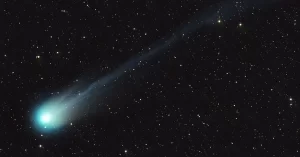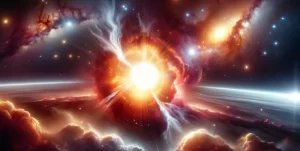‘Devil Comet’ 12P/Pons-Brooks reaches closest point to the Sun on April 21
On April 21, 2024, Comet 12P/Pons-Brooks, commonly referred to as the ‘Devil Comet,’ will reach its perihelion, the closest point to the Sun, at a distance of 0.785 astronomical units (117 million km / 73 million miles). This celestial event will allow the comet to be visible just after sunset within the Taurus constellation, marking its peak visibility period.


